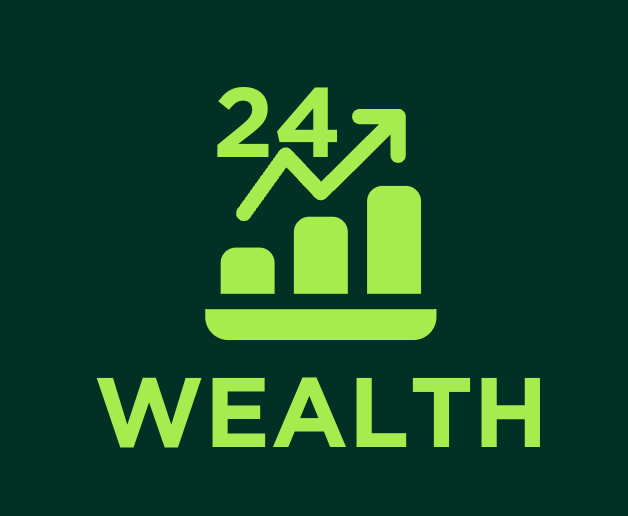The Current State of Mortgage Rates

Mortgage rates have taken center stage in the national conversation, with the average 30-year fixed rate climbing to about 7.5% in early 2025. This is a level not witnessed since the early 2000s, and it’s sending shockwaves through would-be homebuyers and sellers alike. The Federal Reserve’s relentless fight against inflation is a major force behind these increases, as policymakers continue to raise rates to cool the economy. With borrowing costs so much higher, buyers are thinking twice before diving into a purchase, and many are simply stepping back altogether. Applications for mortgages have dropped by nearly 40% compared to last year, according to the Mortgage Bankers Association. This dramatic slowdown has not only changed who is buying homes but how they negotiate and what they can afford. Across neighborhoods and cities, the mood has shifted from frantic to cautious almost overnight.
Impact on Home Prices

Home prices are no longer sprinting upward at breakneck speed. Instead, they’re catching their breath, with some even rolling back. The National Association of Realtors recently reported that average home prices fell by 5% in 2024, a striking reversal from the red-hot growth of prior years. In certain cities, especially those that saw the fastest appreciation in the pandemic era, the declines have been even steeper. Sellers, recognizing the new reality, are more willing to negotiate on price and terms. The days of wild bidding wars and cash offers well over asking price have all but disappeared. This gives buyers more leverage, but it also reflects a housing market that’s recalibrating itself in real time. Instead of soaring values, stability and caution are taking the spotlight.
The Rental Market’s Response

As dreams of homeownership are put on hold, the rental market is feeling the heat. Rental prices have jumped by 8% year-over-year, according to Zillow, as would-be buyers flood the market in search of temporary shelter. In cities from New York to Dallas, this surge in demand is making it harder than ever to find a decent rental at a reasonable price. Landlords are responding by raising rents and tightening their screening criteria, making the process even more competitive for tenants. The struggle for affordability is growing more acute, especially for families and young professionals. In some cases, renters are choosing to double up with roommates or downsize their living spaces just to make ends meet. The ripple effects of high mortgage rates are being felt well beyond those trying to buy a house.
First-Time Homebuyers Face Challenges

First-time buyers are feeling more than just sticker shock—they’re feeling locked out. With borrowing costs so much higher, the path to homeownership seems increasingly out of reach for many. According to a recent National Association of Realtors survey, 70% of first-time buyers now feel discouraged by the current market conditions. Large down payments, stricter lending standards, and the uncertainty of future rate hikes are all major hurdles. Many are opting to wait, using the time to save up or explore creative financing options. The delay in homeownership for so many young adults could have long-term effects on the economy and housing stability. For now, hope is being replaced by hesitation, and the dream of that first set of house keys feels more distant than ever.
The Shift to Adjustable-Rate Mortgages

With fixed-rate mortgages feeling painfully expensive, more buyers are rolling the dice with adjustable-rate mortgages (ARMs). These loans offer lower introductory rates, and that’s enough to tempt nearly 20% of new borrowers in 2025, up sharply from just 5% a year ago, according to Freddie Mac. ARMs can offer immediate relief, but they come with a big question mark: what happens when rates adjust? Some buyers are betting that rates will fall or that they’ll be able to refinance before higher payments kick in. However, experts warn that this strategy isn’t without risk, and it’s not for the faint of heart. For many, ARMs are a calculated risk—a way to get into a home now, but with uncertainty lurking down the road.
The Role of Government Programs

Government-backed programs are stepping into the spotlight as buyers search for solutions. Federal Housing Administration (FHA) loans, along with state and local down payment assistance programs, are gaining attention as lifelines for buyers squeezed by higher rates. These programs can help by lowering down payment requirements and making monthly payments more manageable. However, many potential buyers are still unaware of these opportunities, or they struggle to navigate the application process. Advocates argue that better outreach and education are needed to ensure that help reaches those who need it most. For some families, these programs are the only hope of turning their homeownership dreams into reality in the current market.
The Future of Housing Supply

Homebuilders are not standing still in the face of rising rates and shifting demand. Instead, there’s a renewed focus on building more affordable, entry-level homes. The U.S. Census Bureau reports that new construction of budget-friendly homes has jumped by 15% as builders pivot to meet the needs of cost-conscious buyers. This shift could help ease the supply crunch that has plagued the market for years, especially for first-time buyers and young families. The hope is that more affordable options will open doors for those currently priced out. However, challenges remain, from high construction costs to zoning restrictions, and it’s unclear how quickly these new homes will come online.
Investor Activity in the Market

Not everyone is shying away from the housing market—investors are seizing the moment. RealtyTrac data shows that investors made up nearly 20% of all home sales in 2024, up from 15% the year prior. These buyers, often flush with cash, are snapping up properties at lower prices, betting on long-term appreciation and healthy rental income. Their presence is a double-edged sword: while they provide liquidity and help stabilize prices, they also compete with traditional buyers for available homes. In some markets, investor activity is pushing out local families and making it even harder for first-time buyers to break in. The tug-of-war between investors and everyday buyers is reshaping neighborhoods in unexpected ways.
Expert Insights on Market Trends

Top real estate experts are weighing in on what these changes mean for the future. Dr. Lawrence Yun, Chief Economist at the National Association of Realtors, recently observed, “While the short-term effects are challenging, a more balanced market could ultimately benefit buyers and sellers alike.” Many analysts agree that the frenzy of recent years was unsustainable and that today’s market, while tough, may lead to more realistic pricing and healthier growth in the long run. They emphasize the importance of understanding local trends, as some markets may recover faster than others. Buyers and sellers alike are being urged to do their homework and manage expectations in this rapidly evolving landscape.
Navigating the New Normal

Both buyers and sellers are learning to adapt to this transformed housing market. Buyers are taking more time, shopping around for better deals, and considering neighborhoods they might have overlooked in the past. Sellers, meanwhile, are adjusting their price expectations and becoming more flexible with negotiations and contingencies. The pace has slowed, but the market remains dynamic, with each side searching for an edge. As interest rates, inflation, and supply continue to shift, staying informed and adaptable is essential. The housing market’s new normal is still unfolding, and its twists and turns are keeping everyone on their toes.



